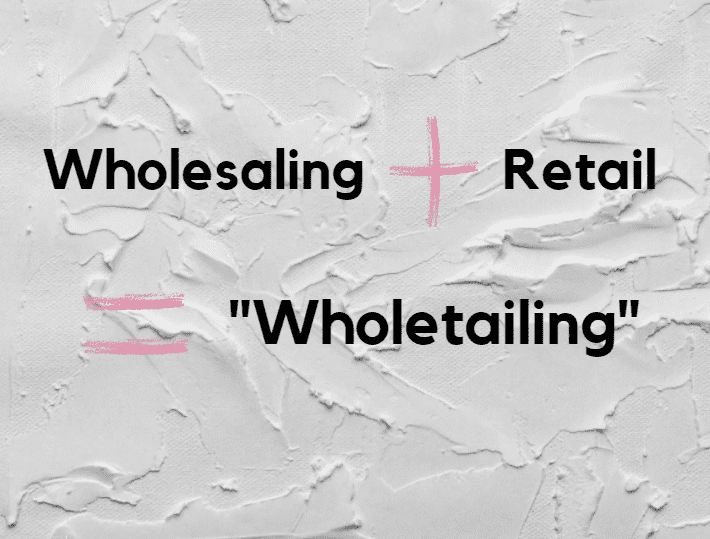There seems to be no end to the number of acronyms one will come across when diving into real estate investing…ARV, LTC, LTV, NOI, HELOC, BRRRR, PTDI, etc. The same goes for industry-specific terms: house hacking, cash for keys, professional tenants, . One of the newer terms that is being tossed around these days is “wholetailing.” This is an investment strategy that many consider to be a hybrid strategy that combines a wholesale deal and a retail deal. In terms of the specific definition of the strategy, it differs depending on who you ask. One blogger succinctly described it as follows: “Wholetailing a property is accomplished by purchasing a property, doing a quick cleanup of the property, then putting it back on a multiple listing service (MLS) to sell to an investor or an end user.”
Generally speaking, wholetailing is considered to be somewhere in between the more familiar strategies of wholesaling and fix & flips. Since fix & flips are a “retail” strategy, wholetailing comes from a combination of wholesale and retail. With wholesaling, a buyer finds a property for sale at or below market value, gets it under contract, and then turns around and assigns that contract—for a fee—to the end buyer before closing.
With wholetailing, the wholetailer takes on some of the work needed to spruce up the property and make it more attractive to the end buyer—but not so much work that it would require a significant amount of time, effort, or expense. It is generally considered to be cosmetic efforts versus remodeling. Accordingly, while it might not yield as much in profit as a traditional fix & flip would, it can be accomplished in a much shorter time frame and will require a lot less effort.
One online blogger described wholetailing as the answer to what to do when you spot Grandma’s house on the market. This is type of house that have good bones and are well maintained, but where the interior is outdated (e.g., old-fashioned wallpaper, off-trend paint colors, unattractive paneling, Formica built-ins, etc.). It could also be a property that doesn’t show well simply because it is dirty and/or filled with junk—or the landscaping is completely overgrown.
One of the challenges of the wholetailing strategy is that since only a minimal amount of work is being done by the investor before the property is re-listed, she has to be sure she has purchased the property at a price low enough that she can still earn a profit if she sells at or below market value.
The next time you spot that “diamond in the rough,” perhaps it is worth considering employing the wholetailing strategy and giving it a little TLC. This could be a good strategy for a real estate investor who doesn’t feel quite ready to take on a fix and flip, or perhaps doesn’t have the time to commit to one.


